Photodiode sensors are semiconductor devices that produce a current proportional to light intensity. These sensors have a high degree of linearity over a large range of light power levels – from fractions of a nanowatt to about 2 milliwatts.
Nearly all of Ophir’s photodiode sensors come with built-in filters that reduces the light level on the detector and allows measurement up to 30 milliwatts.
And most sensors have an additional removable filter allowing measurement to 300 milliwatts or 3 watts.
How do these sensors work?
When a laser photon source is directed at a photodiode detector, a current is created. The power meter unit amplifies this signal and indicates the power level received by the sensor.
Thanks to Ophir’s power meter circuitry, the noise level is very low.
And thanks to our exclusive patented dual detectors, the sensor automatically subtracts background light.
And how accurate are these sensors?
The sensitivity of various photodiode sensors varies from one sensor to another but each one is calibrated in a two-stage process against a NIST photodiode calibration standard.
First the photodiode is calibrated with a monochromator over its entire spectral range.
And then, the calibration is tested using several lasers to “anchor” the results of the first stage, thereby ensuring the most accurate sensor readings.





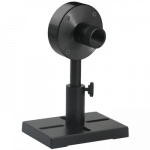
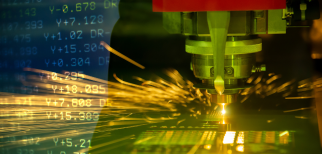

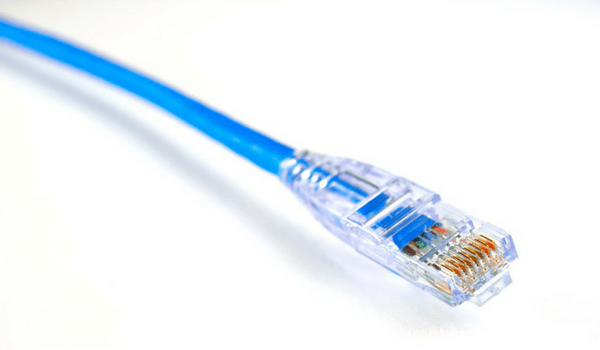
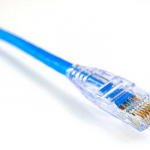
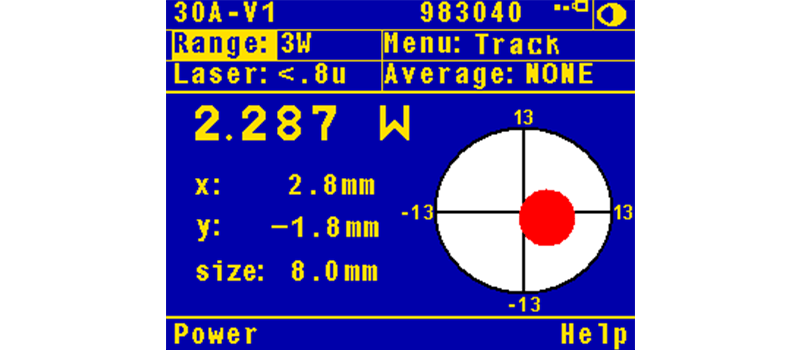
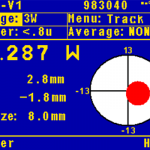
Leave a Reply
Your email address will not be published. Required fields are marked *